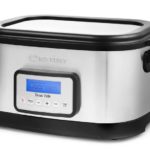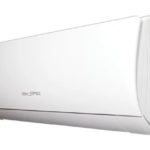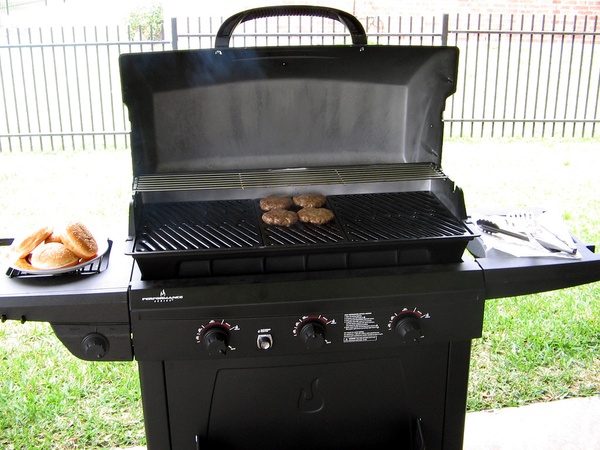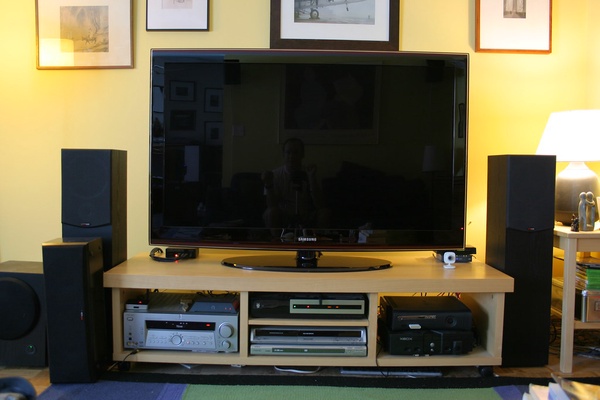Steam sterilizer and operating rules: description, selection

creativecommons.org
A steam sterilizer (autoclave) is a device that sterilizes objects. It allows you to disinfect even those instruments that cannot be sterilized at high temperatures.
All medical equipment that comes into contact with human skin, internal tissues and blood during operation must be disinfected. Today, an ideal method of surface treatment has been developed - exposure to hot steam in a closed capsule.
What is processed in a steam sterilizer:
- dressings;
- laboratory vessels for analysis;
- surgical uniform;
- cosmetology instruments;
- reusable gloves;
- products made of metal, glass, plastic or rubber, the properties of which do not change under steam treatment;
- various medicinal solutions.
Medical technologies were also borrowed for domestic use. Now you can see home autoclaves for preservation, which are radically different from their relatives. Sterilization of canned food involves the use of any container, even glass, which is very sensitive to temperature changes.
The content of the article
What parts does an autoclave consist of?
An autoclave is a completely closed device, protected from external sources by a special casing. The device consists of:
- a boiler that heats water to steam;
- sterilization box;
- thermometer to control the temperature in the car;
- pressure sensor;
- lids with hermetic gaskets;
- a release valve, with which you can release excess pressure and thereby regulate the operation of the device.
Household sterilizers have their own peculiarity - the presence of a hydraulic shutter. These are special H-shaped compartments that are filled with water to a certain level. And in order to maintain optimal pressure, an additional microprocessor and a stable intake of steam and air are installed.
Rules for operating a steam sterilizer
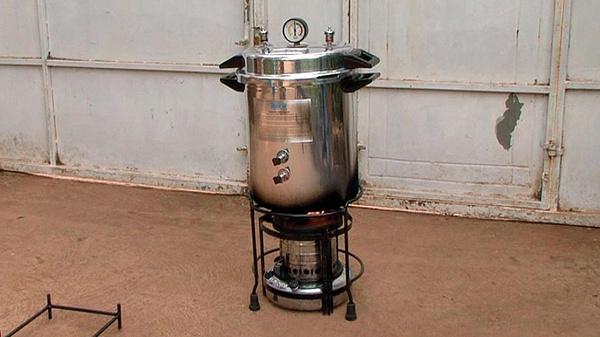
creativecommons.org
Previously, we found out that there are 2 main types of equipment: for home use and medical use. And everyone has their own safety rules.
For long-term use of a medical autoclave, adhere to the following rules:
- Observe sanitary standards: overalls, rubber gloves.
- Before starting the unit, check all contacts and sensors for faults.
- All material to be steamed is placed in bins. Pack dressings separately from each other in different compartments so that they do not touch.
- Then the bixes are placed in a common capsule for the sterilization process.
- After work, seals are attached to all boxes. The material is considered sterilized for up to 3 days.
Now let's look at the option for conservation:
- Select products placed in jars without defects (broken, limp or stale products are not suitable - there is a high probability of contamination with microbes).
- Rinse each jar thoroughly.
- Important: first pour the contents into the container, seal it tightly with a lid, and only then place it in the autoclave. There is no need to pre-sterilize the jars!
- Place the semi-finished products in the tank.
- Fill the water up to the mark (if there is none, cover the jars with liquid by 1-2 cm, no more).
- Start the device and follow the canning recipe (for example, for vegetables - 15-20 minutes at a temperature of 110-120 degrees Celsius).
- After use, wait until the autoclave cools down. And only then open the lid and put the canned food away for storage.
With proper treatment, seaming will last about 7-10 years, or even more.


